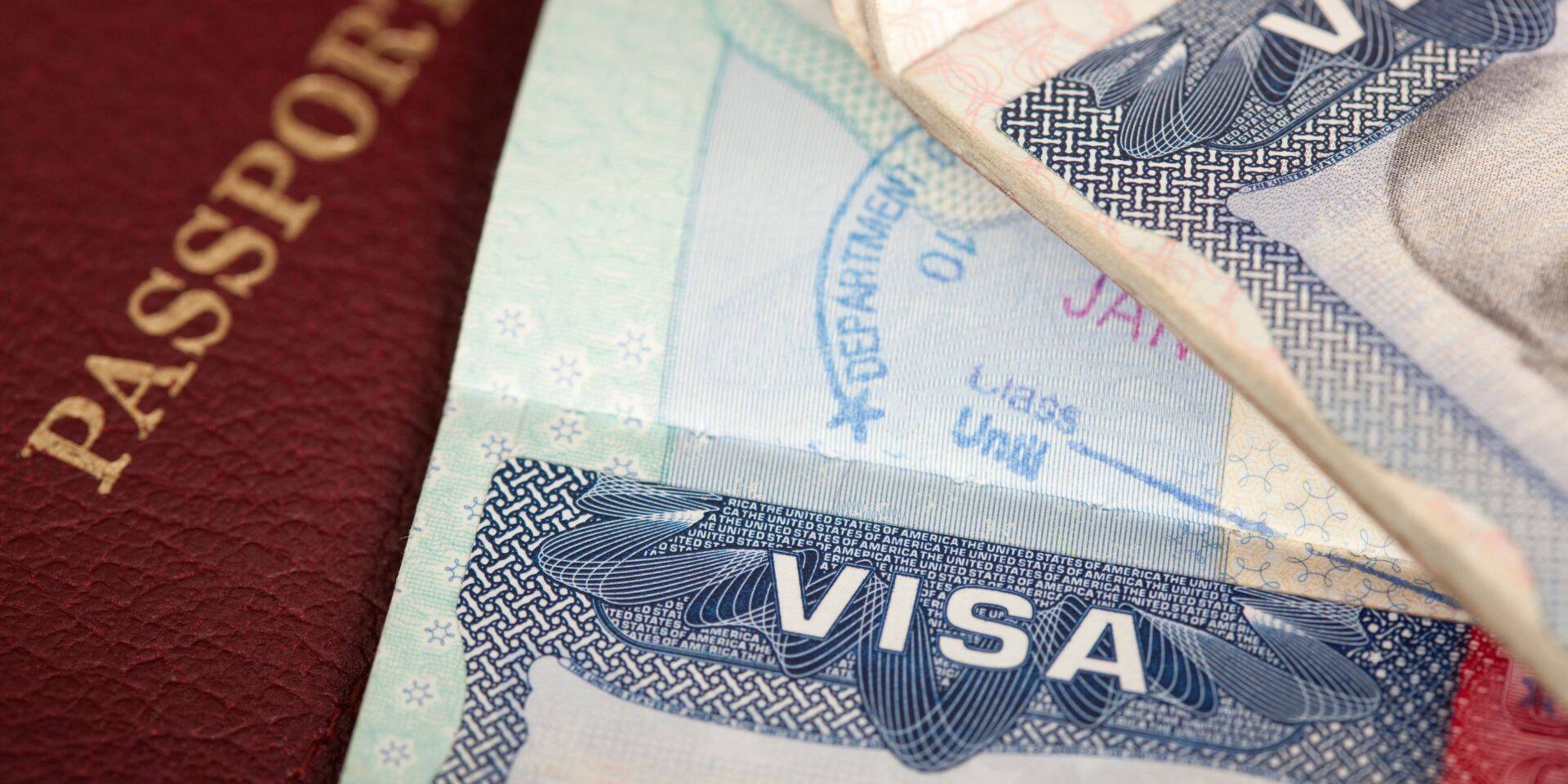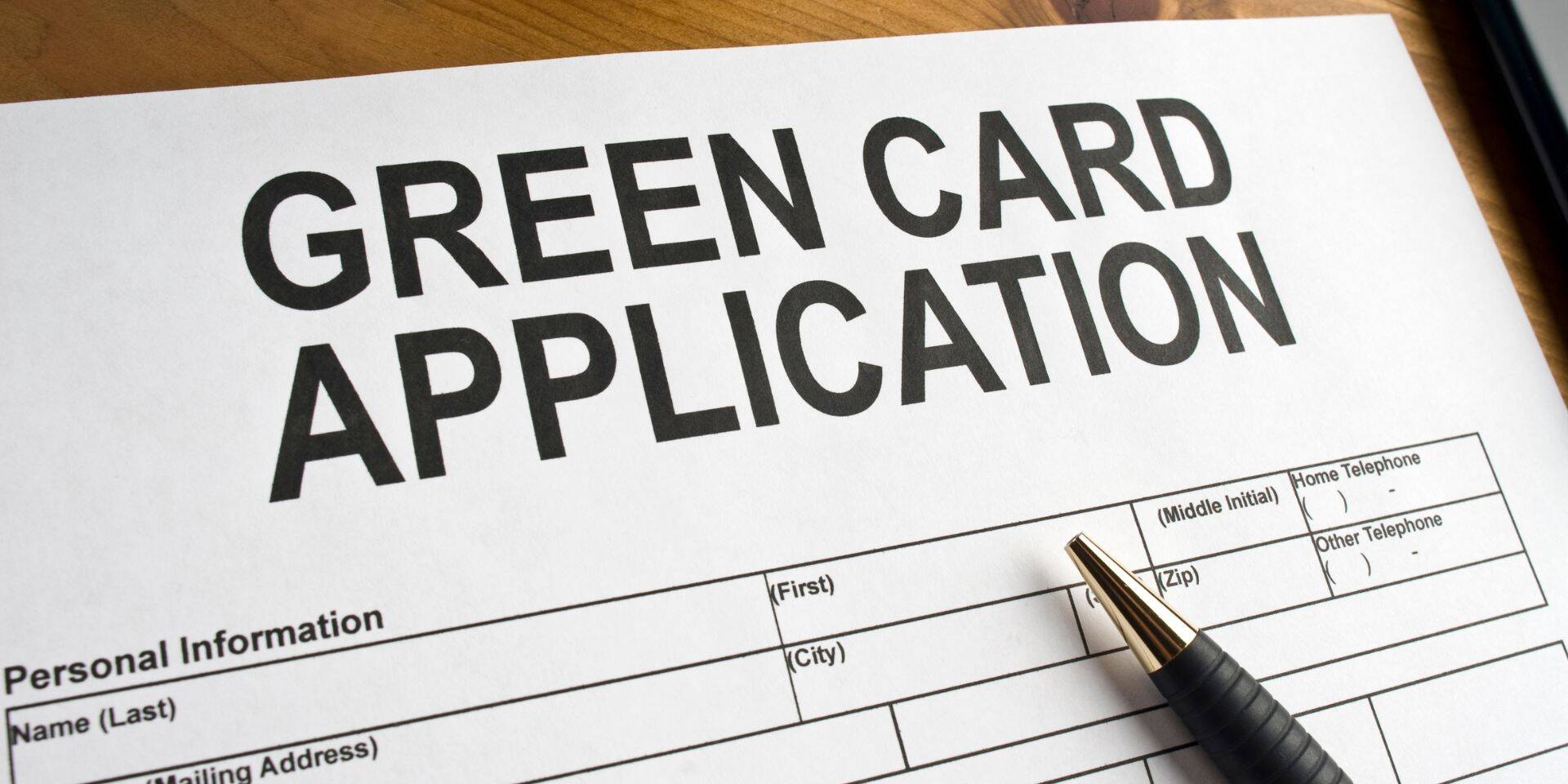So, your employer has worked really hard to prepare and submit your PERM application and now there is little left to do except wait 6+ months for the approval. Once the PERM is approved, it should be a simple process of filing the I-140, right? Why would the PERM be approved if USCIS will later deny your I-140?
It is important to understand that with the PERM and I-140 processes, there is a division of duties between two separate government agencies: the Department of Labor (DOL) and USCIS. The DOL processes the PERM application and focuses on the offered position and whether US workers were fairly apprised of the offer. The DOL does not verify the Employer/Employee information that forms the basis for making you eligible for the offered position. Rather, at the I-140 stage, USCIS steps in to verify that the Employer meets the requirements to offer the position to you and to verify that you have the qualifications necessary to take the future position.
ILBSG also has a division of labor. Similar to the different focuses of the DOL and USCIS, the PERM Team is focused on completing the necessary steps of the PERM application (PWD, Ads, Audits, etc.), to ensure the PERM is approved by the DOL. Once the PERM is approved, the case moves to the I-140 stage. The I-140 Team then focuses on the specialized requirements (experience letters, education evaluations, tax and payroll documents, cross-checking information, requesting changes, etc.). The purpose of this article is to give some insight into the most common issues faced at the I-140 stage and how you can be best prepared when it comes time to file your I-140.
Education
If your education was obtained outside the United States, you will be required to get an educational evaluation to determine the degree’s U.S. equivalency. This equivalency must meet the education requirement listed on the PERM approval. ILBSG does not recommend that you obtain this document on your own, as there are often nuances that cannot easily be explained here. ILBSG recommends you wait until the I-140 stage so that an Attorney can critically look over your documents and requirements before requesting the evaluation from a reputable source so that no time or money is wasted.
Additionally, you may have received a provisional certificate showing that you completed the requirements to issue the degree. However, you might never have applied for your convocation certificate. If that is the case, you should contact the university to request the convocation certificate. Although this is no longer a major requirement for USCIS, many evaluators will want to see it before completing their U.S. equivalency education evaluation.
Experience
Your offered position may require experience, the details of which have been recorded in the PERM approval. Since the DOL is not concerned with this, verification comes at the I-140 stage. Although you may think that your service certificate or other general employment verification document is sufficient to prove your experience, USCIS has very specific requirements and will require you to get a detailed experience letter, either at the time of filing or after it has issued an RFE. That is, the letter will need to (1) describe your job responsibilities in detail, as well as the technologies used, (2) confirm that the employment was full-time, (3) list your exact employment dates, and (4) list your job title. It needs to be issued on company letterhead and signed by an authorized signatory (HR or other executive-level employees), as USCIS may question a letter signed by a Supervisor.
This is a major requirement and there is no way to get around it. So, it can be very frustrating to stop the I-140 process while you try to reach your previous employer in the hopes that they will issue a detailed experience letter. Furthermore, depending on when the I-140 case was created with ILBSG, you may not have much time before the PERM approval expires. Nevertheless, it cannot be avoided. Even if you don’t expect them to provide the letter, you will still need to document your request (this must be done through email and you can follow up by phone, if desired). If they deny or ignore your request, you will need to submit the email chain to USCIS in order to justify the use of secondary evidence.
Should your previous employer refuse or ignore your request and you are able to prove it, then USCIS should accept secondary evidence. However, you should make every attempt to get the detailed experience letter. If you are unsuccessful, the below list should be sufficient to document your experience. This is not exhaustive, and you may have other relevant documentation.
Secondary Evidence
- Email
- Showing that (1) no letter will be provided or (2) that letter has been requested (multiple times) and no response has been received.
- Or evidence that the company is no longer in operation.
- Affidavits (2)
- From supervisors confirming the information from PERM. If only one supervisor’s affidavit is possible, please request a second affidavit from a coworker.
- Be sure that the information matches the PERM details. Please contact an ILBSG Attorney for templates and send the final draft for review before sending it to the supervisor to be signed and
- Request work badges or other proof of employment with the company.
- Service certificate, experience Letter, etc.
- Promotion announcement(s)
- Offer letter(s)/employment agreement(s)
- H1B approval(s) with the company (if applicable)
- W2(s) for entire employment (India > Form 16)
- Pay stubs
Work Authorization
If the work experience used to show that you meet the requirement for the position was gained in the United States, it is extremely important to ensure that you were authorized to work for the entire recorded period. Whether you were on H-1B, L-1, or F-1 during your employment, USCIS will have a record. You must ensure that your dates are consistent with the official record.
So, in addition to securing the detailed experience letter, you should also double-check that you had valid work authorization documentation (H-1B/L-1 approvals, or F-1 I-20s) that will support these dates. If you find inconsistencies in your records, you should have an explanation ready to provide to USCIS in case they ask about it. If that happens, please contact an ILBSG Attorney immediately to discuss your options.
Birth Certificate
Although your birth certificate is not required for the I-140 petition, it will be required when you file your I-485 (Green Card) application. If you were not issued a birth certificate, then you will need secondary evidence in its place. So, you will need to contact the relevant government authority to obtain a “non-availability of birth certificate” along with the following documents.
- Affidavits from family members who have personal knowledge of the applicant’s birth and are older than the applicant;
- School records containing both names of parents, applicant’s name, date of birth, and place of birth;
- Baptismal or other religious documents showing both names of parents, applicant’s name, date of birth, and place of birth.
There is plenty to think about while the PERM application is pending with the Department of Labor. If there are any concerns with the items discussed throughout this article or if you have any other immigration-related issue, please be proactive and make an appointment to discuss with an ILBSG Attorney. We can work together to make a plan to be best prepared for your future I-140 petition.
Related Posts
March 25, 2025
ICE Reinstates No Release Policy Amid Federal Judge Order
A group of New York attorneys claims…



